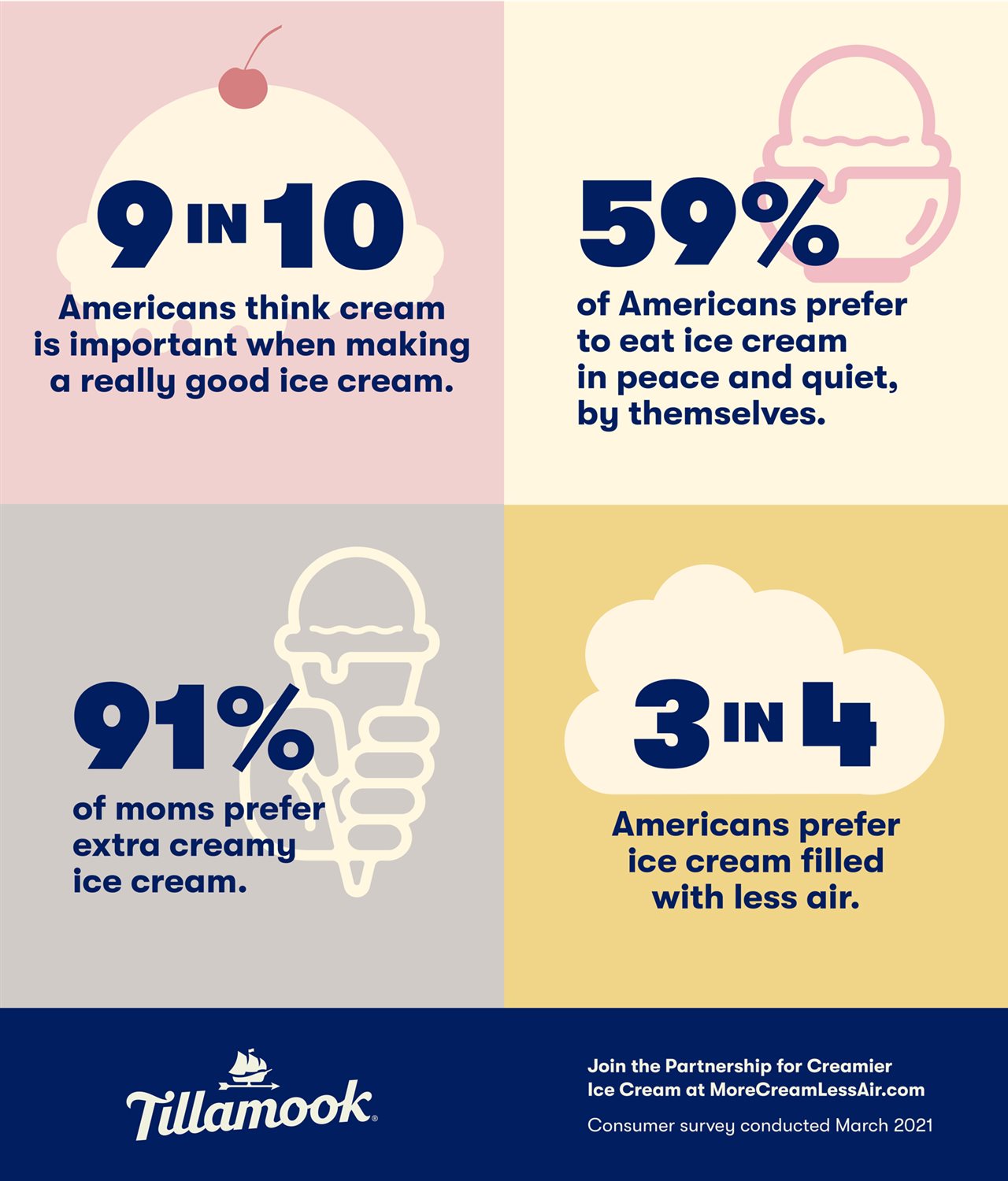2021-05-28T16:01:01
(BPT) – As more people return to travel, they are looking forward to that sense of adventure and enjoying not just getting to the destination, but the journey itself. However, both business and leisure travelers have sometimes found traveling stressful, especially due to the recent health concerns. To help travelers have a more positive experience, many travel companies today are stepping up and providing more amenities and reassurance to travelers that their physical and mental well-being are being considered as they ramp up to pre-pandemic travel levels.
According to The Return Journey global research report commissioned by Collinson, before the pandemic, 1 in 3 (35%) business travelers worldwide raised concerns about the impact of business travel on their mental health, while nearly 1/4 (23%) said travel increased their stress levels. Unfortunately, the pandemic has only exacerbated this discomfort. The study compared attitudes before and after the pandemic, finding that these feelings have intensified. In fact, 81% of global travelers said the pandemic has heightened their concerns about the impact that trips were having on their physical well-being. In addition, 73% of travelers worldwide said they’ll be prioritizing mental well-being more during travel than they did before the pandemic.
The pandemic’s effect on business travel
U.S. business travel spending fell 70% due to the pandemic, according to recent analysis by Tourism Economics. While companies have adopted video conferencing to compensate, 1/3 of the Collinson survey’s respondents said not being able to travel made their company less productive, with 28% admitting they felt unable to do their job effectively as a result. For the 2 out of 3 (69%) U.S. business travelers affected by the lack of cross-border business travel, 21% said not being able to travel for business has put them at a disadvantage when compared to competitors.
What could make travel less stressful?
To lessen travel anxiety as more people return to the skies, individuals and companies can be proactive to ensure they are protected against unforeseen issues, as well as seek ways to make the journey safer and more comfortable.
- Prepare for potential problems
One aspect of travel that causes stress is worrying about the “what ifs:” What if something goes wrong? What if you miss your plane, lose your luggage, or become ill or injured while you’re away from home?
Having coverage through travel insurance can alleviate some of that worry, especially when traveling abroad. While having this kind of coverage for travel can help, only half of business travelers pre-pandemic knew their employer offered some form of travel risk management (TRM) program to assist them on the road, and about 51% of those weren’t sure what that entailed. Of those who knew this service was available, only 1/5 felt confident using the services in the event of something going wrong abroad.
Boosting business travel will require companies to have a strong focus on their employees’ well-being. They will need to put adequate support in place, and communicate so that employees clearly understand what is available.
- Take advantage of travel amenities
How and where you spend time waiting for your flight can make a huge difference for your travel experience. A whopping 83% of those surveyed in the U.S. said that they desired socially distanced spaces in the airport to sit and relax. For these travelers, one of the best places to find that environment within a busy airport is in a lounge. For example, Collinson offers amenities such as lounge access through Priority Pass, providing a quiet space for travelers to relax and feel comfortable.
- Stay safe and healthy
Collinson also offers services at airports to make customers feel more confident and safer when traveling, such as COVID-19 pre-departure and arrivals test facilities and contactless lounges in some major airports, which contribute to travelers’ peace of mind. Collinson is using digital innovation to introduce safer, touch-free experiences into the airport lounge. For example, contact-free entry is now possible, removing the need for members to touch the device to process their transaction. Those using a digital membership card in the Priority Pass, LoungeKey or Mastercard Airport Experiences apps will have an entirely contact-free experience, while those using a physical Priority Pass or payment card will need to insert it into the device, but not touch the device in any other way.
The company also recently launched a digital food and beverage solution — the Ready2Order app — that allows airport lounge visitors to order complimentary food and drinks from their mobile device.
“The importance of mental health on the journey is perhaps surprising but equally a welcome insight into what travelers are looking for as the travel recovery continues to gain ground with new testing and vaccination regimes,” said David Evans, CEO of Collinson. “This is a way for the travel industry to look at its offerings to consumers, allowing travel brands to understand what consumers want and what the industry needs to act on to ensure traveler confidence.”
For travelers to feel more comfortable, the travel industry needs to be proactive in offering loyalty programs, amenities, insurance protection and services at airports to help smooth the way. Customers concerned about their overall wellness will be much more likely to travel with these extra services — even if they have to pay for them.












